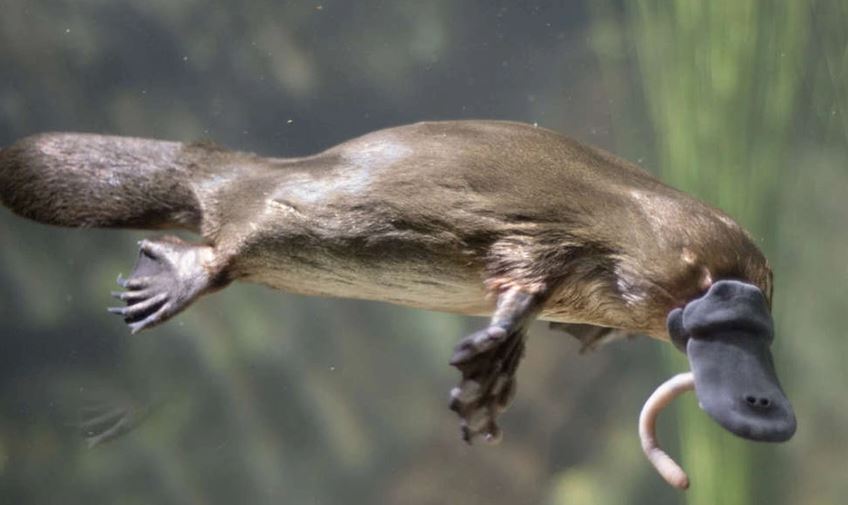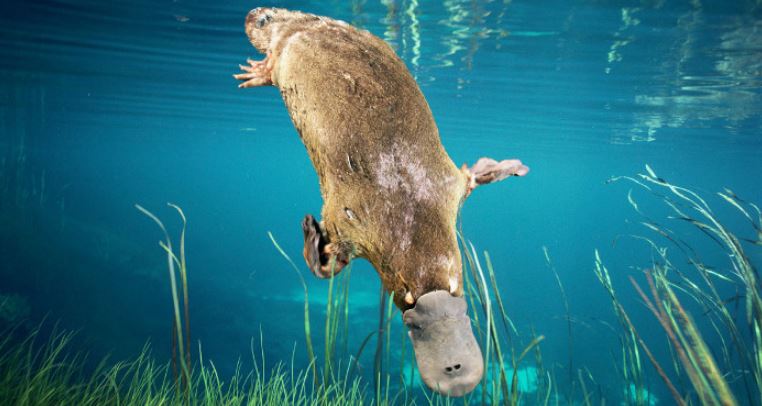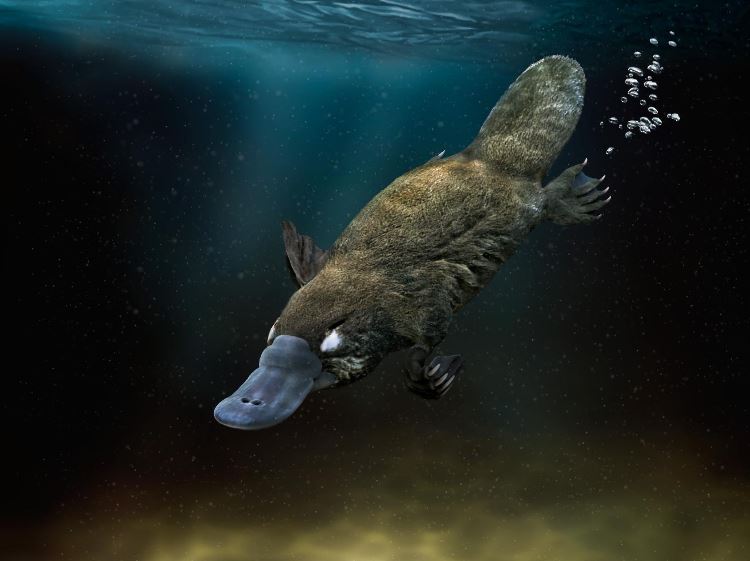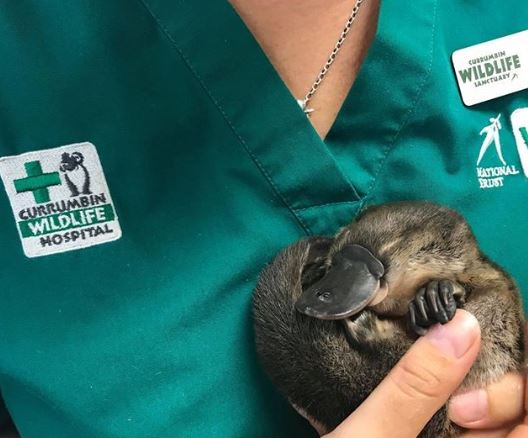The platypus, considered one of the weirdest animals on Earth due to its resemblance to a mix of several different animals, is commonly found swimming in Australia's rivers. These funky monotremes lay eggs and are responsible for raising their young. However, do you call a baby platypus?

To begin, let's delve into the topic of breeding. It is essential to note that is monotreme breeding, and platypus breeding in particular.
Platypuses are unique among mammals as they are the only ones that lay eggs.
Their breeding season typically spans from August to September when the female lays her eggs in a burrow located on the riverbank. The eggs are incubated for around 10 days before they hatch, according to NOAA.

After hatching, the newborn offspring suckle milk from specialized sweat glands directly from the mother’s skin for approximately four months before they leave the nest.
So, what are baby platypuses called?
Although not universally accepted within the scientific community, the most commonly used name for a young platypus is a "puggle". According to the Australian Museum, it is believed that platypuses
reach sexual maturity at around a year old and can live up to 20 years in the wild.

Interestingly, the name "puggle" is also used for the offspring of the other member of the monotreme family, the echidna.
Coincidentally, it is the name given to a dog breed resulting from a cross between a beagle and a pug.

Take caution when encountering puggle sightings on social media, as there is a chance that what you’re looking at is actually a platypus and not a rock.






